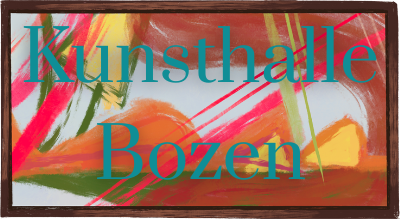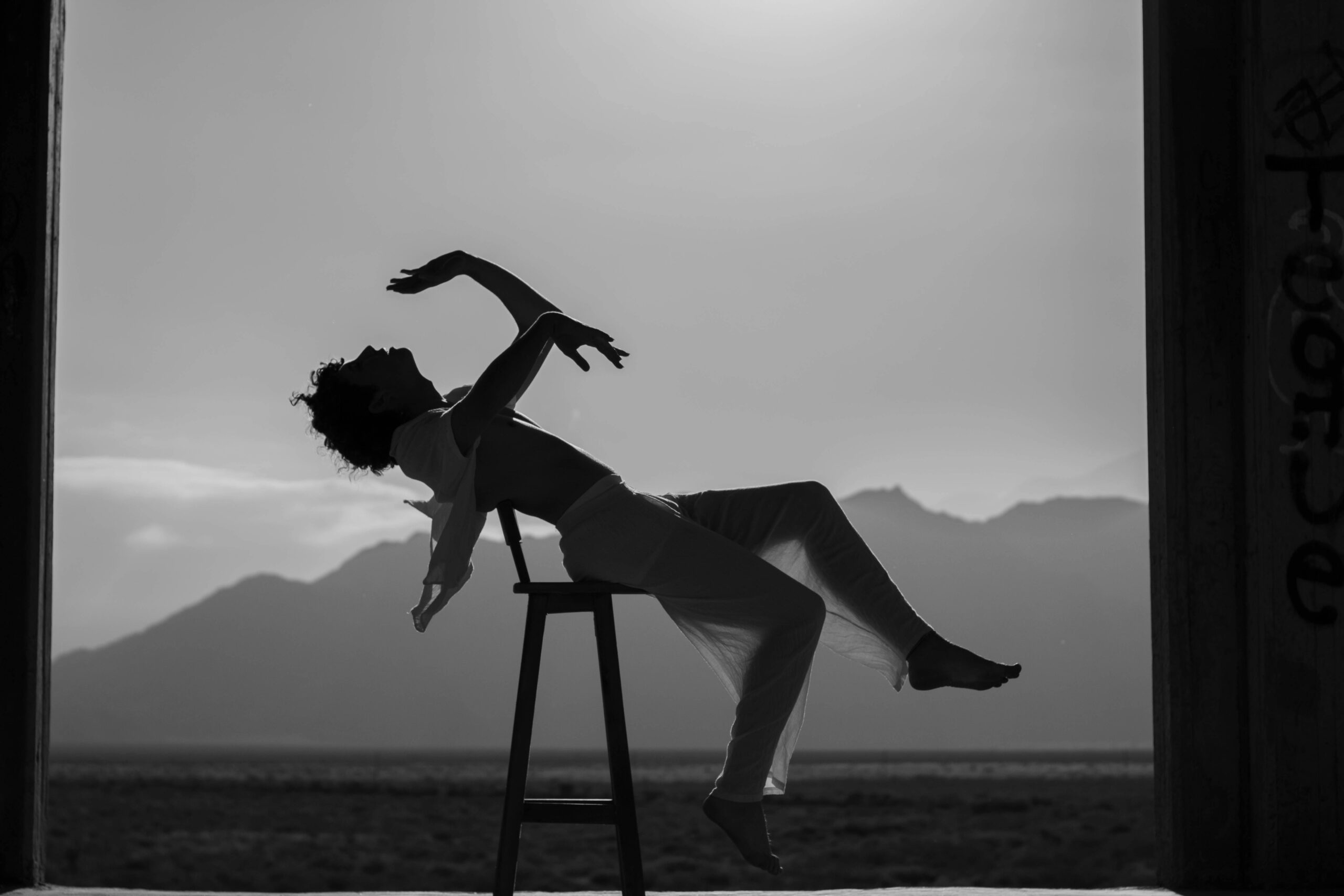The first time I encountered performance art, I didn’t quite know what I was witnessing. I was at a small gallery in Vienna when a woman slowly began covering her hands in black ink, pressing them one by one against a white wall. There was no music, no talking, no explanation. Just the sound of her breath, the squeak of her palms sliding against the surface, and an audience standing in curious silence.
I remember thinking: Is this art? Or is this just a strange act someone decided to do in public?
Years later, I’ve come to appreciate performance art not only as a legitimate form of contemporary expression, but as one of the most challenging, powerful, and human ways of creating meaning. If you’ve ever been baffled by it — or avoided it entirely — this beginner’s guide is for you.
Let’s start with the basics. Performance art is a live, time-based art form where the artist uses their body, actions, and presence as the medium. It can involve movement, speech, stillness, endurance, or interaction with an audience. Unlike theater, it typically doesn’t follow a script or narrative structure, and it’s rarely about entertainment. Instead, performance art explores ideas, emotions, social issues, or pure expression — often in provocative or abstract ways.
One of the defining features of performance art is its ephemeral nature. It exists in a moment and then disappears, leaving behind only traces — a memory, a photograph, a stain, or a story. That temporary quality is part of what makes it so powerful. It resists commodification. You can’t hang it on a wall or sell it at auction (at least not in the traditional sense). It’s raw. It’s real. And sometimes, it’s deeply uncomfortable.
Many people associate performance art with extreme acts, like Marina Abramović’s famous 1974 piece Rhythm 0, in which she stood motionless for six hours while the audience was invited to use any of 72 objects on her body — including feathers, scissors, and even a loaded gun. Yes, that actually happened. And yes, it was art.
But not all performance art is intense or confrontational. Some pieces are quiet and meditative, like Tehching Hsieh’s year-long performances, or poetic and playful, like the works of Tino Sehgal, who choreographs live encounters that dissolve the line between visitor and performer.
So how do you understand performance art — especially when there’s no clear message or visual takeaway?
Here’s what I’ve learned from years of attending performances (both intentionally and accidentally):
- Let go of the need for explanation.
Performance art isn’t always meant to be understood in the traditional sense. Sometimes it’s more about evoking a feeling or raising a question than delivering a message. It helps to stay open and experience it on your own terms. - Notice your reactions.
Are you uncomfortable? Bored? Moved? Confused? Performance art often reveals more about you than the artist. Your emotional or physical reaction can be part of the meaning. - Context matters.
Reading about the artist’s background or the concept behind the work can be helpful, especially after the experience. Some pieces reference politics, identity, or history — knowing that can give the piece more layers. - Participation is part of it.
Sometimes the audience is invited to interact — to speak, move, or even become part of the artwork. You can say no, but being open to these invitations can lead to unexpected insights. - It’s okay not to “get it.”
Really. Not every piece will land for everyone. Some performances have left me cold or confused. Others have stayed with me for years. That’s part of the journey.
What I love most about performance art is its intimacy. You’re not just observing from a distance; you’re sharing space and time with the artist. It’s vulnerable, risky, and incredibly human. In a world increasingly mediated by screens, performance art reminds us of the power of presence.
If you’re new to performance art, I encourage you to start attending live events, even if they feel a bit intimidating. Bring a friend. Stay curious. Ask questions after the fact. Over time, you’ll begin to recognize the depth and diversity within this genre.
And who knows — one day you might find yourself standing in a gallery, breath held, as an artist presses their ink-covered hands to the wall. This time, you might not look away.


